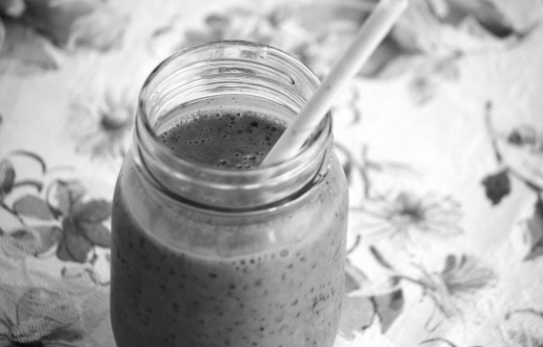Print Edition: January 8, 2014
One of the most popular New Year’s resolutions Canadians make is to be healthier. Whether it comes in the form of a gym membership, a boot camp video, or a commitment to leafy greens, it seems that we all have the common desire to be a little healthier each year.
Last year I made the goal to exercise at least three times a week. Thinking I was fully equipped with weights and memorized yoga moves, I woke up on January 1 eager to begin. In spite of my eagerness, I quickly realized I had no energy to even start! Feeling sluggish and slow after Christmas indulgence, I put off exercising.
The truth is, before I could begin working towards my original goal, I needed a new one. How could I increase my energy so that I actually wanted to exercise?
With the winter semester beginning, you may be wondering how to re-adjust to the early mornings and long days that come with being a student. When it comes to boosting energy after a few weeks of a lower level of activity, most people lean towards coffee and its much-loved ingredient of caffeine. As much as a cup of coffee may get you through a night of studying, caffeine is merely a temporary solution to drowsiness. Caffeine acts in our bodies as a stimulant, causing us to feel more awake for a while, but will leave us craving cup after cup, never giving us genuine energy for the day. Acting only as a stimulant, caffeine gives a false impression of energy and often results in a crash similar to one after having a sugar overload.
To truly boost energy and yield effective results that will last long past lunchtime, there are a few simple things we can change. Caffeine may offer momentary “energy,” but these simple changes, after time and dedication, could have you running from class to class with joy, no coffee necessary. If drinking coffee to wake you up is a regular part of your routine, a slow but steady switch is the healthiest way to go. Instead of cutting out caffeine entirely from the start, gradually replace your morning pick-me-up with more stable, nutritious energy.
When we begin the day with a breakfast overflowing with health benefits, it makes it much easier to make healthy choices later on. The next time you make breakfast, think about how you’re preparing your body for the day. Are you setting yourself up to crave sugar by eating pancakes smothered in syrup? What we start our day off with is often what we crave as the day moves onwards. To boost your energy, look at your breakfast in three simple parts. First, include a fruit serving, full of antioxidants and flavor. Next, make sure that protein plays a part. Eggs or yogurt are delicious and offer a plentiful amount of protein. Lastly, try to include one healthy fat, such as roasted nuts in granola or seeds. These three components work together to give you natural, caffeine-free energy for the day.
A common cause of low energy levels in women is a lack of proper iron levels. Iron deficiency in men is much less common, as men’s bodies naturally have a greater amount of iron. Iron functions in our bodies to help deliver oxygen to our cells, and without the proper amount of oxygen, our cells can’t function properly. Although iron supplements are found abundantly in pharmacies and drug stores, boosting your iron levels is often as simple as incorporating certain iron-rich plants into your diet. After all, the supplements contain extracts of these plants. Spinach, beans, lentils, and lettuce are excellent sources of plant-based iron.
Next time you’re feeling like you could use a cup of coffee, remember that caffeine only offers a temporary energy boost. Instead, arm your body with powerful fatigue fighters by blending together an energy-boosting smoothie. A mixture of a half-cup of spinach, one cup of berries, and a splash of almond milk will give you a powerful and healthy dose of energy without a crash of any kind. Don’t let the bright green colour scare you away; this healthy start to your day couldn’t taste less like a health drink.


